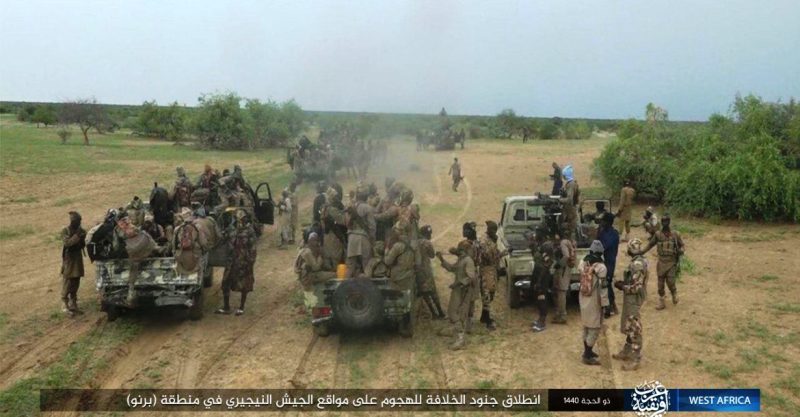
In a statement issued on Monday evening, March 22, the Nigerien government announced that 137 civilians were killed and several others wounded in an attack on Sunday, March 21, on several villages and camps in the Tillia department in the Tahoua region, near the border with Mali. A three-day mourning period began on March 23.
Information is trickling in because the Tillia region, which is close to the Malian border, is a very isolated desert area. Telecommunication networks there are more than patchy.
Nevertheless, several sources on the ground explained that the attack took place in the afternoon. Several dozen men arrived on motorcycles. They attacked nomadic camps in the localities of Intazayene, Woursanat and Bakorat.
In the first two camps, they opened fire on people at boreholes and water points while they were watering their animals. Many of the victims were internally displaced persons. The Tahoua region is experiencing increasing insecurity. The Islamic State in the Greater Sahara group has recently expanded its hold there.
This type of situation happens often. This was the case in the massacres in Tchomabangou and Zaroumdareye, in Tillabéry, this time in January. A patrol had spent two days in these villages and the attack took place the day after it left.
The nature of the terrain must also be understood. The Tahoua region, like Tillabéry, is vast, desert-like, and has very few roads. It takes hours, sometimes days, for the SDF to reach the site of an attack.
Thus, the security situation in northern Niger is deteriorating, despite the military reinforcements present in the area. For Abdoulaye Sounaye, an anthropologist and specialist in Salafist movements in the Sahel, this violence is less related to jihadism than to the manipulation of community identities. To break this vicious cycle of violence, the researcher believes that a framework for dialogue between the attackers and the victims must be put in place.
